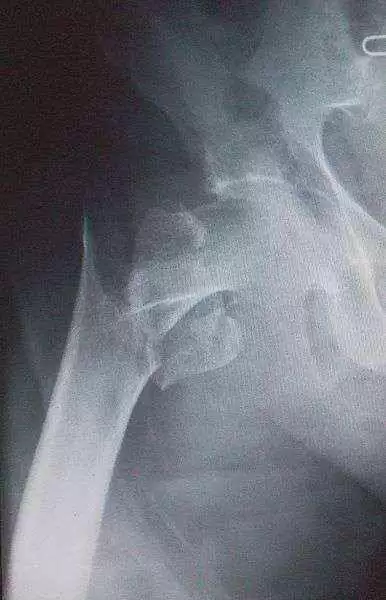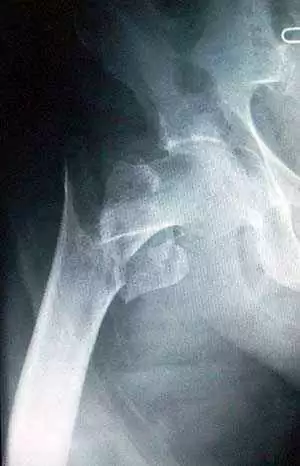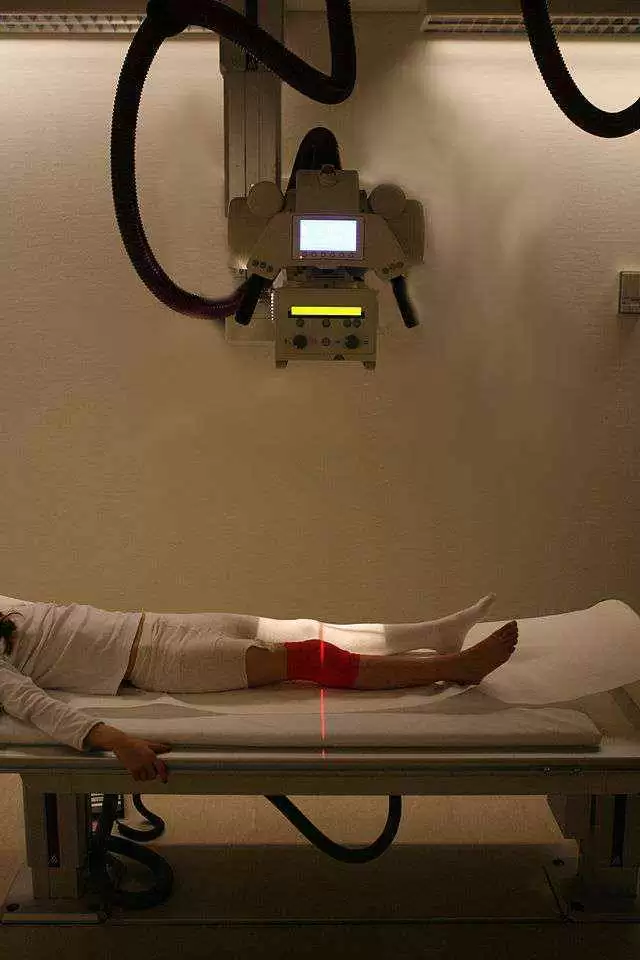
Celiac.com 02/19/2014 - Celiac disease have a greater risk of bone fracture than non-celiacs; a risk that persists after diagnosis. Also a substantial number of celiac patients display signs of persistent villous atrophy on follow-up biopsy.
 A team of researchers recently set out to determine whether persistent villous atrophy impacts long-term fracture risk. The research team included Benjamin Lebwohl, Karl Michaëlsson, Peter H. R. Green and Jonas F. Ludvigsson. They are variously affiliated with the Celiac Disease Center, Department of Medicine, Columbia University College of Physicians and Surgeons, New York, New York; the Clinical Epidemiology Unit of the Department of Medicine at Karolinska University Hospital and Karolinska Institutet in Stockholm, Sweden; the Department of Surgical Sciences, Section of Orthopaedics at Uppsala University in Upsalla Sweden; and Department of Pediatrics at Örebro University Hospital in Örebro, Sweden.
A team of researchers recently set out to determine whether persistent villous atrophy impacts long-term fracture risk. The research team included Benjamin Lebwohl, Karl Michaëlsson, Peter H. R. Green and Jonas F. Ludvigsson. They are variously affiliated with the Celiac Disease Center, Department of Medicine, Columbia University College of Physicians and Surgeons, New York, New York; the Clinical Epidemiology Unit of the Department of Medicine at Karolinska University Hospital and Karolinska Institutet in Stockholm, Sweden; the Department of Surgical Sciences, Section of Orthopaedics at Uppsala University in Upsalla Sweden; and Department of Pediatrics at Örebro University Hospital in Örebro, Sweden.
Celiac.com Sponsor (A12):
First, the team identified all patients in Sweden with histological evidence of celiac disease who underwent a follow-up biopsy and compared patients with persistent villous atrophy with those with mucosal healing. The team then recorded data for all known general fractures; for likely osteoporotic fractures (of hip, distal forearm, thoracic and lumbar spine, or proximal humerus); and all known hip fractures.
Follow-up biopsies showed villous atrophy in 43% of the 7,146 patients. The results showed no significant connection between persistent villous atrophy and overall fractures.
The hazard ratio (HR) for persistent villous atrophy compared with those with healing was 0.93, with a 95% confidence interval (CI 0.82–1.06). Nor was there a connection between persistent villous atrophy and likely osteoporotic fractures (HR 1.11, 95% CI 0.84–1.46).
Results did show that persistent villous atrophy was connected with an increased risk of hip fracture (HR 1.67, 95% CI 1.05–2.66). The risk of hip fracture rose in relation to the degree of villous atrophy; the more villous atrophy, the higher the risk of hip fracture.
Overall, HR for partial villous atrophy compared with those with healing was 1.70, with a 95% CI 0.82–3.49 (HR for subtotal/total villous atrophy compared with those with healing 2.16, 95% CI 1.06–4.41).
The results indicate that persistent villous atrophy on follow-up biopsy can be used to predict the risk of hip fracture in patients with celiac disease.
The connection between persistent villous atrophy and hip fractures, but not fractures overall, implies that the increased fracture risk is due to thinner sc tissue, and fall or trauma.
Source:
- Open Original Shared Link






Recommended Comments
There are no comments to display.